Studio 54 remains one of the most iconic nightclubs in history, synonymous with glamour, indulgence, and boundary-pushing nightlife. A former opera house and CBS television studio located at 254 West 54th Street in Manhattan, the club opened its doors in 1977 and quickly became a cultural phenomenon. Known for its extravagant parties, celebrity sightings, and liberating atmosphere, Studio 54 epitomized the decadence of New York City’s late 1970s and early 1980s nightlife scene.
The club was the brainchild of Ian Schrager and Steve Rubell, whose friendship began during their college years at Syracuse University. Schrager, a reserved and business-minded individual, and Rubell, an outgoing and charismatic personality, made an unlikely but dynamic team. Their contrasting styles complemented each other, with Rubell managing the social and creative aspects of the club while Schrager handled the operational and business side.
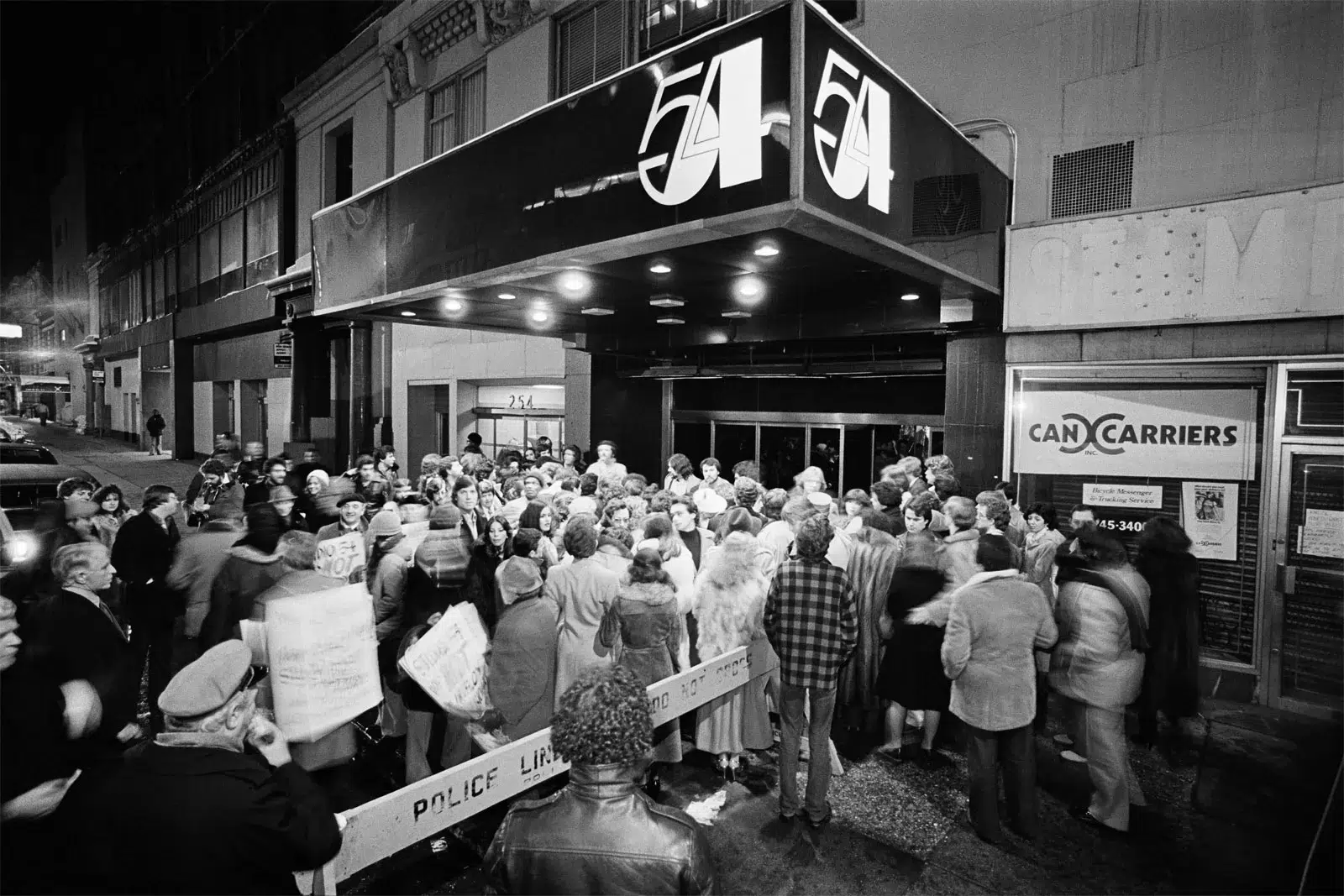
Legendary entrance of Studio 54
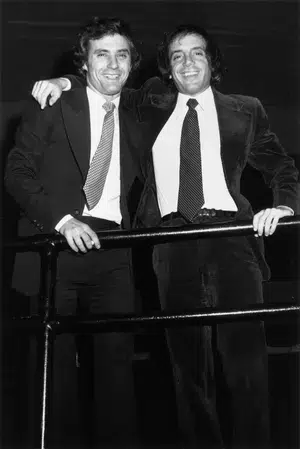
Studio 54's owners, Ian Schrager (left) and Steve Rubell, 1977
With extravagant decor, dazzling light shows, and theatrical elements, the club enchanted its patrons and redefined nightlife as a multisensory experience. The infamous red velvet rope at its entrance became a notorious symbol of exclusivity, with hopeful club-goers vying for a chance to be hand-picked by Rubell based on their looks, style, or sheer star power.
Inside, Studio 54 was a playground for celebrities, artists, and socialites. On any given night, you might find Andy Warhol, Bianca Jagger, Liza Minnelli, Diana Ross, or Cher dancing under the iconic mirrored disco ball. Fashion designers like Halston and Calvin Klein mingled with musicians such as Mick Jagger, Elton John, and David Bowie. One of the most unforgettable moments in the club’s history occurred when Bianca Jagger famously rode a white horse across the dance floor during her birthday party in 1977—a spectacle that cemented the venue’s reputation for outrageous events.
The club’s hedonistic atmosphere was legendary, with wild stories and lavish parties becoming the stuff of urban legend. Studio 54’s notoriety eventually caught up with Rubell and Schrager, who were convicted of tax evasion in 1980 and sentenced to prison. Despite their legal troubles, their partnership endured, and they continued to work together on other hospitality ventures after their release and until Steve Rubell's death from AIDS related complications in 1989.
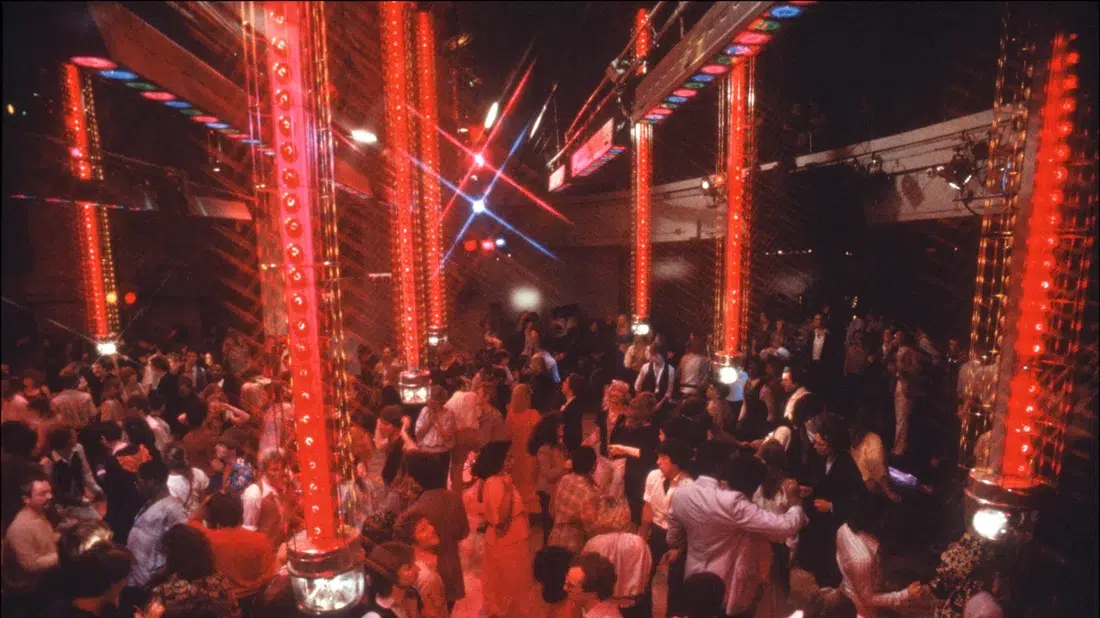
Clubgoers amid the light towers on the dance floor at Studio 54 in 1978, photography Allan Tannenbaum/Getty Images
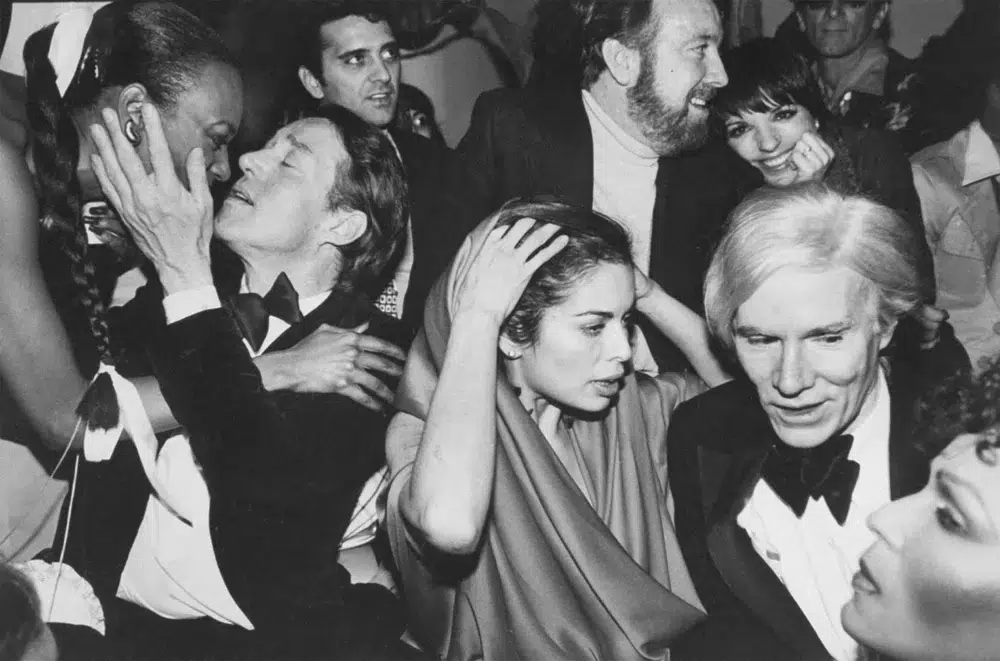
Fashion designer Halston (left), model Bianca Jagger, film director and producer Jack Haley, Jr., actress and singer Liza Minnelli, and artist Andy Warhol
In 1980, after the conviction of Schrager and Rubell, Mark Fleischman took over Studio 54 and ushered in a new era. Fleischman, a seasoned nightclub operator, was known for his business acumen and more refined approach to managing venues. Under his direction, Studio 54 attempted to maintain its status as a top nightlife destination during the 1980s, but it was clear that the wild, uninhibited days of the late 1970s were behind it. Nevertheless, Fleischman kept the club alive with glamorous events, celebrity appearances, and an upscale crowd, preserving the venue’s legendary status for a time. Studio 54 closed its doors for good in 1986, but Fleischman’s leadership kept the spirit of the club’s culture and history intact.
During the Fleischman era in New York, Studio 54 collectibles became highly sought-after, including matchbooks, which featured bold designs and the iconic Studio 54 logo. These matchbooks from the 1980s became important mementos, symbolizing the lasting allure of New York City’s nightlife. When Studio 54 expanded to Las Vegas in 1997, matchbooks were also made for the Vegas location, adding to the club’s collection of coveted memorabilia. The Vegas location remained open until 2010, though it couldn’t match the New York version’s mystique. In addition to matchbooks, Studio 54 memorabilia also included VIP tickets, laminated passes, and invitations to exclusive parties. Invitations were often designed as intricate works of art, printed on luxurious paper or even designed as pop-up pieces.

Studio 54 Champagne Flute, 1977, in the Collection on Culture and Nightlife. Museum of the City of New York
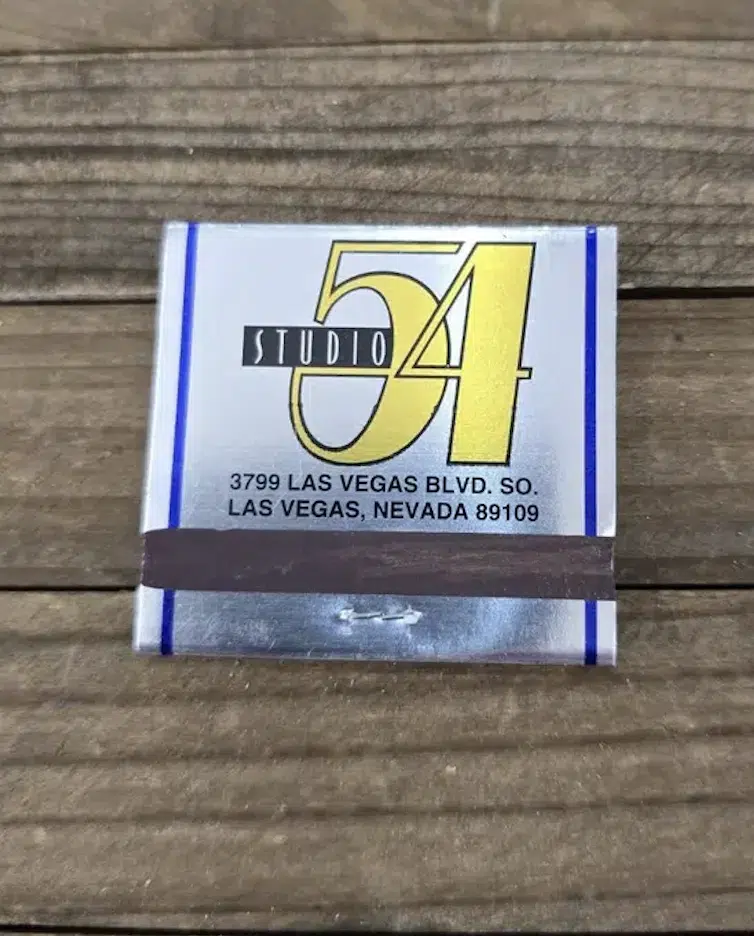
Studio 54 at MGM Grand Hotel/Casino-Las Vegas Matchbook, 1990s
Fashion, too, played a significant role in Studio 54’s legacy. Branded clothing and accessories bearing the Studio 54 logo became collectible items, including the coveted Studio 54 jeans, which captured the club’s bold and rebellious spirit. Even drink tokens, coasters, and menus from the club are now sought-after by collectors who appreciate their nostalgic value. These tangible mementos offer glimpses into the magic of Studio 54, where every detail contributed to a larger-than-life experience. For those fortunate enough to attend, holding onto these keepsakes was a way to preserve the memory of nights that defined an unforgettable chapter in New York City's cultural history.
Although Studio 54 closed its doors for good in 1986, its legacy endures. Immortalized in books, documentaries, and even a Hollywood film, it remains a symbol of an era defined by freedom, creativity, and excess. The stories of its wild parties, unforgettable nights, and the legendary partnership of Schrager and Rubell continue to captivate the imagination.
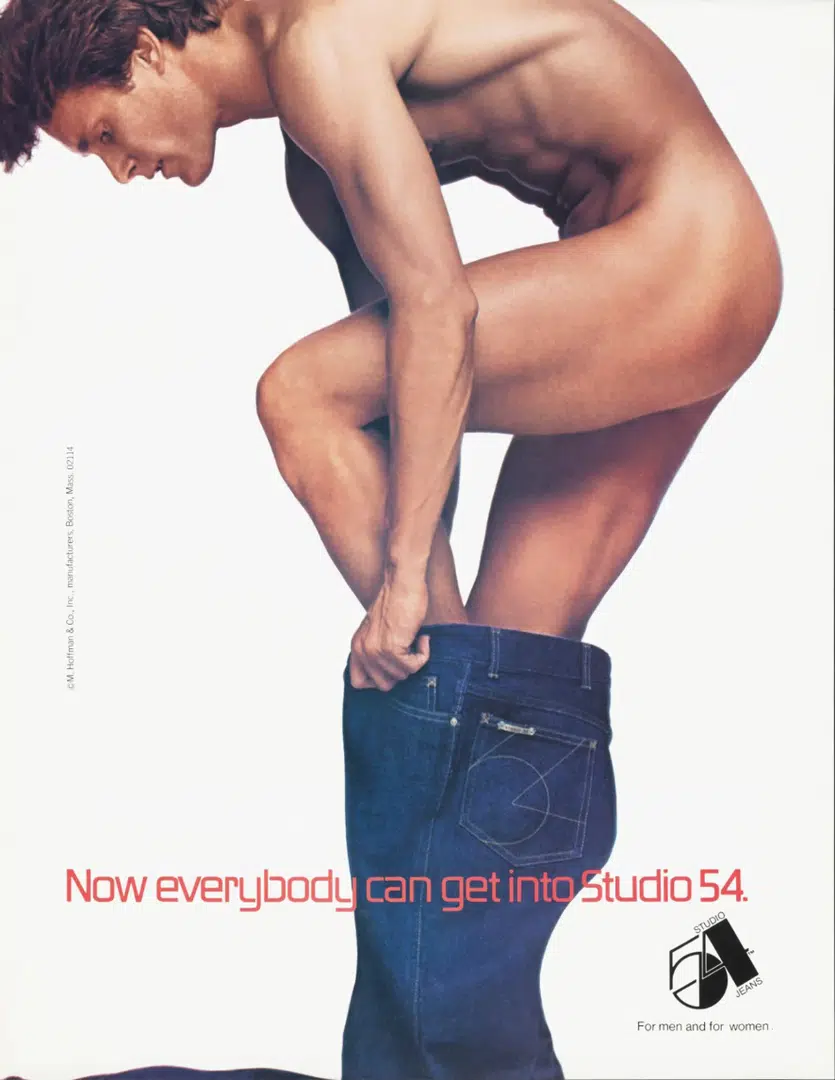
A 1979 ad for Studio 54 jeans by Gordon Munro and Peter Rogers, with jeans designed by Norma Kamali
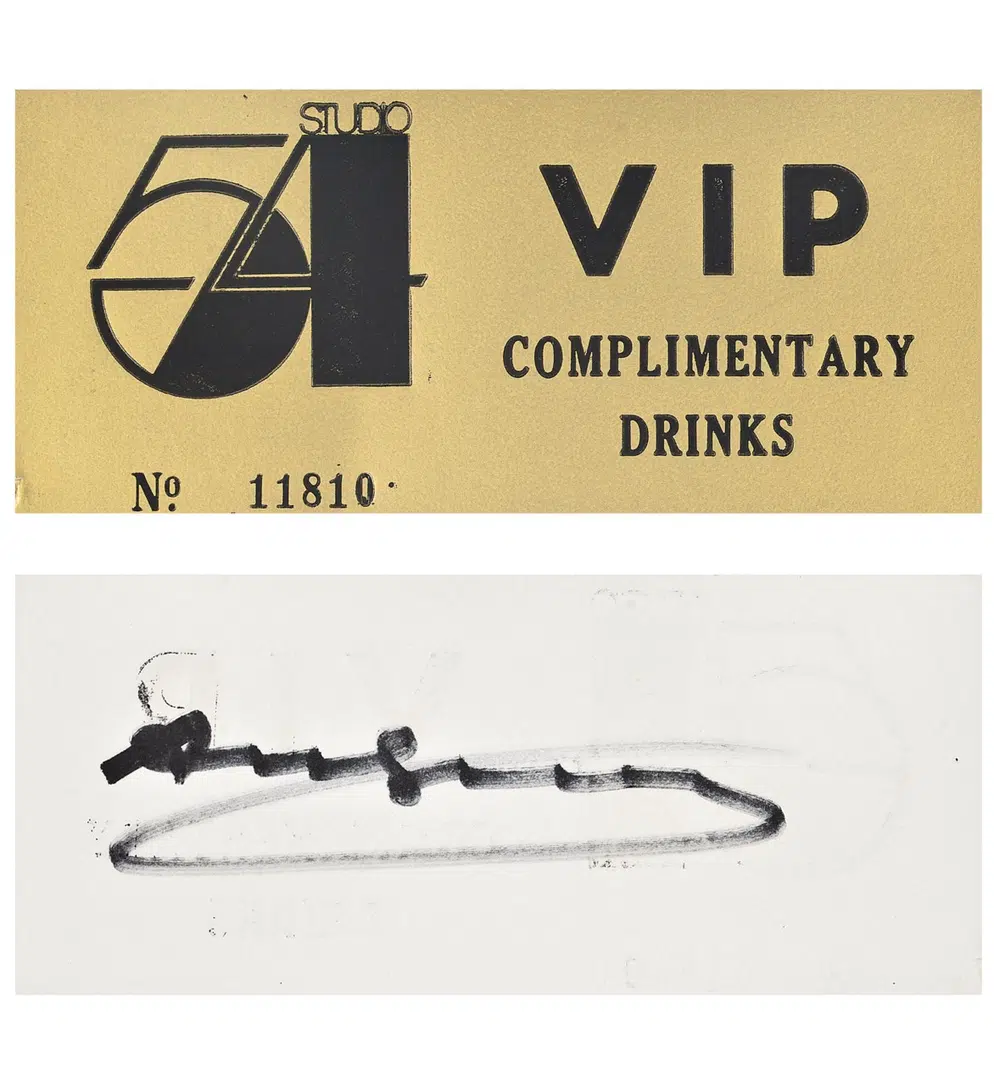
A Studio 54 VIP Complimentary Drinks ticket signed on the verso in black felt pen by Andy Warhol, circa 1981